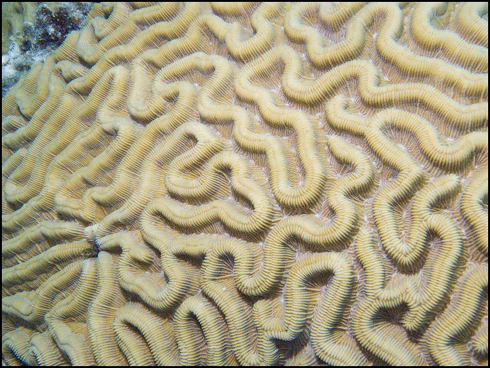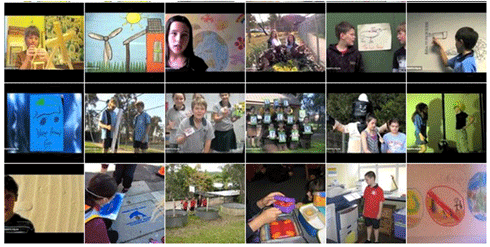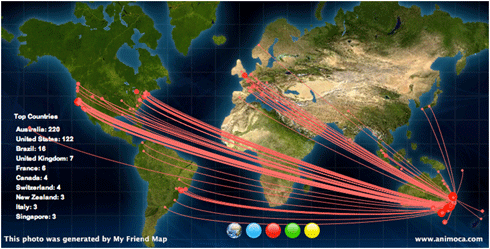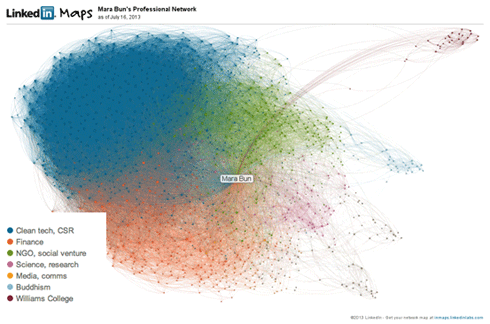
|
Published: 2 July 2013
Corals share genes with human family tree
Australian scientists have found that the ability of humans to resist bacterial diseases may go as far back corals in our evolutionary tree.

|
|
Unlocking corals’ secrets will help scientists find better ways to protect them from disease, ocean acidification and other threats. Credit:
waywuwei under CC BY-ND 2.0 licence
|
Researchers at the ARC Centre of Excellence for Coral Reef Studies (CoECRS) have found three genes in Acropora (staghorn) corals that show a fast, strong immune response to the presence of bacteria. The same genes also occur in mammals, including humans.
‘It’s early days, but it certainly looks as if key aspects of our ability to resist bacteria are extremely ancient and may have been pioneered by the ancestor of corals – and then passed down to humans in our evolutionary lineage,’ says team leader Professor David Miller of CoECRS and James Cook University.
‘Corals are constantly attacked by bacteria in their natural environment, and so have perfected very efficient defences against them.
‘These defences apparently work well enough to be preserved in mammals like us, and possibly in plants too. Certain animals in between us and coral, like roundworms and flies, seem to have lost these genes, but our line appears to have retained them.’
The team made its discovery by challenging living colonies of Acropora with certain chemicals commonly found in the coats of bacteria, and studying which genes reacted across virtually its entire genome of 20,000-plus genes.
The main goal of the research is to better understand the mechanisms by which corals resist attack by bacteria and viruses – an urgent task in view of a massive upsurge in coral diseases around the world, which researchers attribute to the impact of human activity on the oceans and on coral reefs themselves.
Prof. Miller has also been involved with an international team in a second, equally important discovery – helping for the first time to clarify the molecular process by which corals form their calcium-rich skeletons.
‘With the world’s oceans becoming more acidic due to man-made carbon dioxide emissions, the whole basis by which corals and other marine organisms form their skeletons and shells – known as calcification – is under threat.
‘Many marine scientists fear that if the oceans become more acidic as we redouble fossil fuel use, many of these life-forms will not be able to cope – and our coral reefs could literally dissolve before our very eyes.
‘Understanding how coral forms its skeleton at the molecular level is part of the basic science required to properly understand what is going on in the world’s coral reefs, and to predict the outcome with some certainty.’
Prof Miller says that the most important implication of such work is that, while corals can to some extent cope with ocean acidification on its own, the combination of increasing temperature and acidity are much more damaging.
‘This is significant, because climate change will result in just those conditions that are most harmful to skeleton formation and maintenance,’ he says.
‘Corals have been around for a long time, and over hundreds of millions of years the coral lineage has survived previous periods of ocean acidification. However, modern coral reefs are fragile things, and reefs as we know them may not exist in the later part of this century if we do not deal immediately with global CO2 emissions’.
Source: CoECRS






